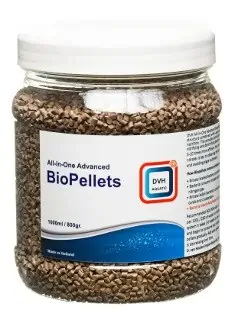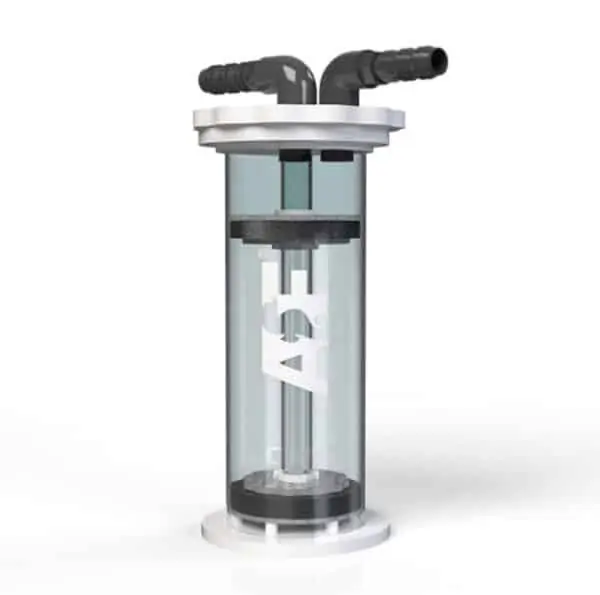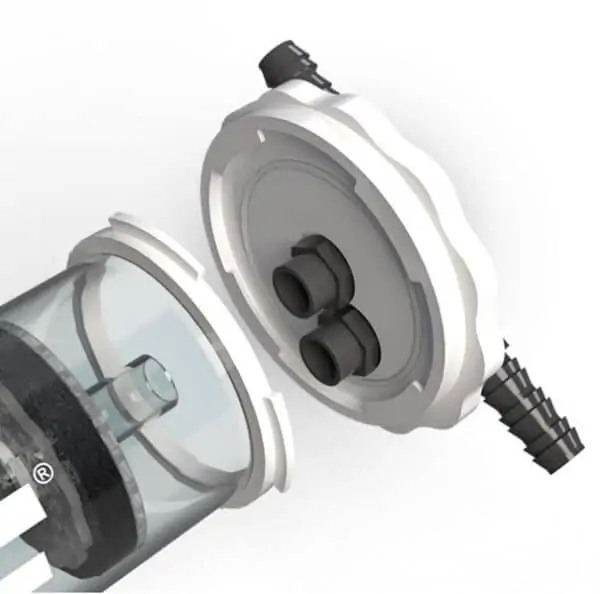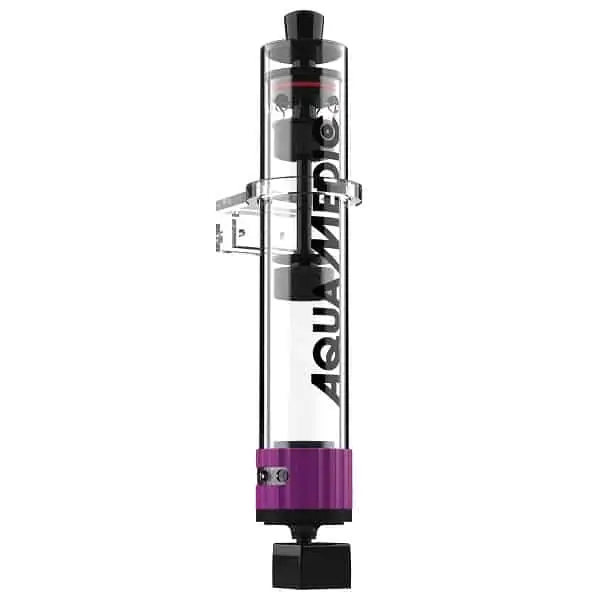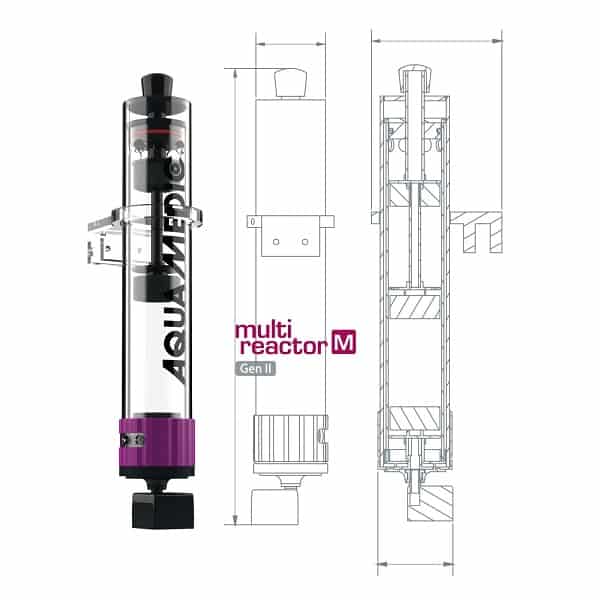All-in-One Advanced BioPellets
€18,50 – €62,50
They have succeeded in combining the NP Reducing biopellets with the active ingredient of phosphate remover.
Available in 250ml, 500ml and 1000ml
All-in-One Advanced BioPellets
The DVH Aquatic All-in-One Advanced Biopellets feature a unique microporous structure along with a secondary facilitator that binds acids and nutrition. This combination offers both external and internal support for nitrifying and denitrifying bacteria, enabling them to work 5 to 10 times more efficiently than standard Biopellets. Maintaining low nitrate levels is essential for achieving vibrant coral colors, keeping fish healthy, and preventing algae outbreaks.
How Biopellets Remove Nitrates and Phosphates from the System:
- Nitrate-loaded bacteria are removed via the protein skimmer.
- Bacteria consume nitrates and process them, with the help of phosphates, into nitrogen gas.
- Nitrate-laden bacteria are consumed by tank inhabitants such as corals and crustaceans.
- Bacteria require phosphates to effectively process nitrates.
Dosage:
We recommend placing 35 to 150 ml of pellets per 100 liters (or 25 gallons) of water in a fluidized reactor. Depending on your system, it may take 2 to 6 weeks for the bacteria population to multiply and start consuming your nitrates. If your nitrates exceed 20 ppm, please add the pellets gradually. You should also add extra pellets when the volume in the reactor decreases over time. The recommended NO3:PO4 ratio is 1:0.01. Please note that DVH Aquatic All-in-One Advanced Biopellets are manufactured in Holland.
How Biopellets Work:
BioPellets are consumed by bacteria, which is why you will need to add new pellets every 6 to 12 months to replace the digested ones. You can notice this during filter inspections or when there is an increase in nitrate levels. These figures, however, depend on your aquarium’s conditions and are significantly influenced by feeding habits and livestock. The pellets facilitate aerobic bacterial growth, which allows for the simultaneous consumption of nitrate and phosphate.
The bacteria utilize the carbon from the BioPellets while extracting nitrogen and phosphorus from the water in the form of nitrate and (ortho)phosphate. This process of converting organic BioPellets (along with inorganic nitrogen and phosphorus) into microbial biomass is known as immobilization. We recommend regularly measuring both nitrate and phosphate levels in your aquarium, which will help you adjust the dosages accordingly.
It is advisable to position the outlet of the pellet filter in front of a protein skimmer to minimize the amount of bacteria entering the system. This setup also enhances gas exchange, allowing for CO2 removal and O2 addition. Please do not use the pellets without adequate aeration, as this may result in low oxygen and pH levels, particularly during nighttime. Proper aeration can be achieved using air pumps and protein skimmers.
Brand
DVH
You may also like…
Mediafilters

